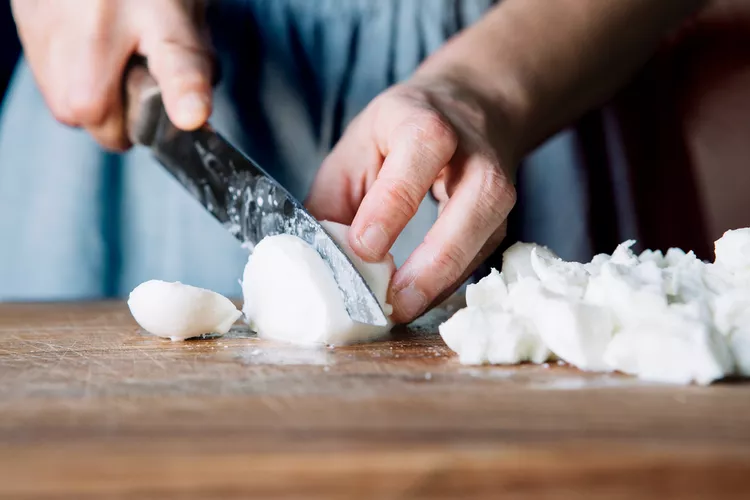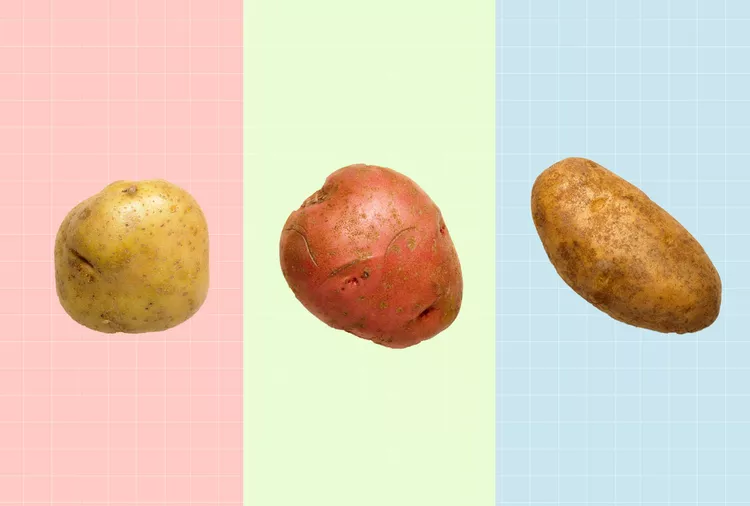Calculus, or tartar, is a hardened substance that forms on teeth over time. A calculus bridge happens when this tartar extends across several teeth or fills the spaces between them. It forms when plaque—a thin layer that naturally builds up on teeth and gums—hardens, often due to poor dental care.
While everyone is prone to plaque and tartar formation, certain factors like smoking or a family history of dental issues can increase the likelihood of developing tartar.
Calculus bridges create visible buildups in the mouth, which can harm teeth and increase the risk of gum diseases. Once a calculus bridge forms, only professional dental treatments can remove it. Fortunately, these treatments are highly effective, and there are many preventive measures you can take to avoid the problem altogether
Contents
Symptoms

Calculus is a noticeable buildup on a tooth. Over time, these deposits can spread to nearby teeth and the gaps between them, creating what are known as calculus bridges. These formations may also lead to other complications.
Calculus Symptoms
Calculus buildup usually forms in areas that are difficult to clean with a toothbrush, such as between teeth or along and below the gum line. These clay-like deposits can vary in color, ranging from white or pale yellow to dark brown or black. In its early stages, tartar is typically lighter, but it darkens the longer it remains on the teeth.
Advanced Symptoms
Without treatment, calculus continues to accumulate and worsen. This can lead to the formation of a calculus bridge—buildups that extend across several teeth, filling the gaps between them. These bridges usually develop near the gum line and can spread beneath it. They are often darker in color, ranging from tan and brown to black.
Side Effects
If you have a calculus bridge, you may notice more than just changes in the appearance of your teeth. A common symptom is halitosis (persistent bad breath). Calculus can also lead to gingivitis (gum disease), which causes swollen or bleeding gums.
What Causes a Calculus Bridge?
The naturally occurring bacteria in your mouth feed on sugars and carbohydrates from food and drinks. Over time, these bacteria form plaque, a pale yellow or clear biofilm. When plaque hardens and calcifies, it turns into calculus—solid deposits made up of calcium, bacteria, and organic matter from the mouth.
Saliva also contains minerals like calcium and phosphate, which can contribute to calculus formation. This is why teeth near salivary ducts, such as the back of the lower front teeth, are more prone to developing calculus.
While brushing, flossing, and good oral hygiene can remove plaque, they can’t remove calculus. If plaque isn’t removed, it takes 1 to 14 days to harden. Poor or inconsistent oral hygiene, like not brushing daily, allows plaque to solidify into calculus. As these deposits build up, they can eventually form bridges between and across teeth.
Risk Factors
Some individuals are at a higher risk of developing calculus and more serious dental problems. The risk factors for this condition include:
- Smoking
- Alcohol use
- Medications that cause dry mouth, such as certain antihistamines, antidepressants, and diuretics, among others
- Diabetes (an inability to process or digest sugars)
- Pregnancy
- Age over 65
- Family history of calculus or gum disease
Diagnosis
To treat calculus and prevent complications, a dentist must first diagnose the condition. They will review your medical history and conduct the following diagnostic tests:
- Dental exam: The dentist assesses the scale and scope of calculus above and just below the gum line. Applications of compressed air can also make deposits more visible.
- Probing exam: Dentists use special tools, such as probes or a five-pointed explorer, to measure pockets (the space between gum and tooth) and probe them for signs of subgingival (below the gumline) calculus buildups.
- Dental X-ray: X-rays of your mouth and teeth help dentists screen for and assess calculus buildup between teeth and at the bases of pockets. This can also assess any damage to teeth or underlying bone.
Treatment for Calculus Bridge
The main objective when treating calculus bridges is to remove the buildup from both above and below the gumline. Treatment options include:
- Scaling: Scaling, or debridement, is a part of standard dental cleaning. Dentists use specialized tools to scrape or remove plaque and calculus deposits from teeth. This works for supragingival deposits, which are deposits above the gum line on the crown of the tooth.
- Polishing: Once dentists remove the calculus, they thoroughly clean and polish your teeth, preventing bacterial buildup. Polishing also improves the appearance of your smile, smoothing out rough surfaces.
- Root planing: Root planing removes tartar buildup below the gumline, or subgingival calculus. The dentist numbs your gums and uses tools to reach deposits deep below the gums and at the roots of the teeth.
Only a board-certified dental professional in a dentist’s office should perform calculus removal. Attempting to use tools to remove it on your own is dangerous. Only dentists can reach certain parts of the teeth and prevent injury.
After the dentist removes the calculus bridge, your teeth may feel more sensitive to cold and heat for a few days. This is because the calculus covering your teeth acts as a barrier against heat and cold, reducing your sensitivity.
Prevention
Preventing calculus bridges involves practicing good oral hygiene to eliminate plaque and avoid bacterial buildup. Here are some steps you can take to protect your teeth:
- Proper brushing: Brush at least twice a day, for at least two minutes: 30 seconds each for the outside and inside surfaces of your upper and lower teeth. Clean the gumline and angle the brush at 45 degrees. Every 2-3 months, change out your toothbrush or brush head for electric models.
- Flossing: Floss daily to remove food and plaque from the spaces in between your teeth. Some people prefer using a pre-threaded flosser or water-flossing device.
- Lifestyle changes: If you smoke or use smokeless tobacco, quitting can help improve the health of your teeth and gums.
- Dietary choices: Eat a well-balanced diet, rich in nutrients from fruits, vegetables, whole grains, and lean protein sources. Stay hydrated and limit or avoid sugary snacks, sticky foods, hard candies, or other foods that can damage teeth.
- Regular check-ups: Visit your dentist for in-office cleanings at least once or twice a year. If you have periodontal disease—gum infection often associated with calculus—you may need more frequent cleaning and monitoring.
Complications
If left untreated, calculus bridges can have serious consequences for dental health. Complications of this condition include:
- Gum disease: Bacteria in calculus can infect the gums, causing inflammation and bleeding. Gingivitis, an earlier-stage gum disease, can progress to periodontitis, an advanced gum infection. The latter can loosen and damage teeth and underlying jawbone, leading to tooth loss and gum recession.7
- Halitosis: Chronic bad breath is a common complication of calculus and often a feature of gum disease.
- Cavities: The bacteria in plaque or calculus emit acids as they feed on sugars. These acids damage and wear away tooth enamel (the hard outside shell), leading to tooth decay and cavities.
- Gum recession: Bacteria from calculus and infection can spread to the tissue connecting teeth and gums. This can lead to bone and gum tissue loss, which can expose the roots of the teeth.
- Tooth loss: Over time, gum recession and tooth decay can cause teeth to become loose. Without treatment, there’s a significant risk of tooth loss.
A Quick Review
A calculus bridge is a buildup of calculus, or tartar, that spans multiple teeth, filling the gaps between them. This hard substance forms when plaque, a bacterial biofilm, is not removed from your teeth. Factors such as poor oral hygiene, smoking, alcohol consumption, certain medications, and chronic conditions like diabetes can increase your risk.
While brushing and flossing can eliminate plaque, only dental treatments can remove calculus. To do this, a dentist will use specialized tools to carefully scrape away the buildup and thoroughly clean the affected areas. If left untreated, a calculus bridge can lead to serious dental problems, including periodontitis, cavities, gum recession, and tooth loss.








